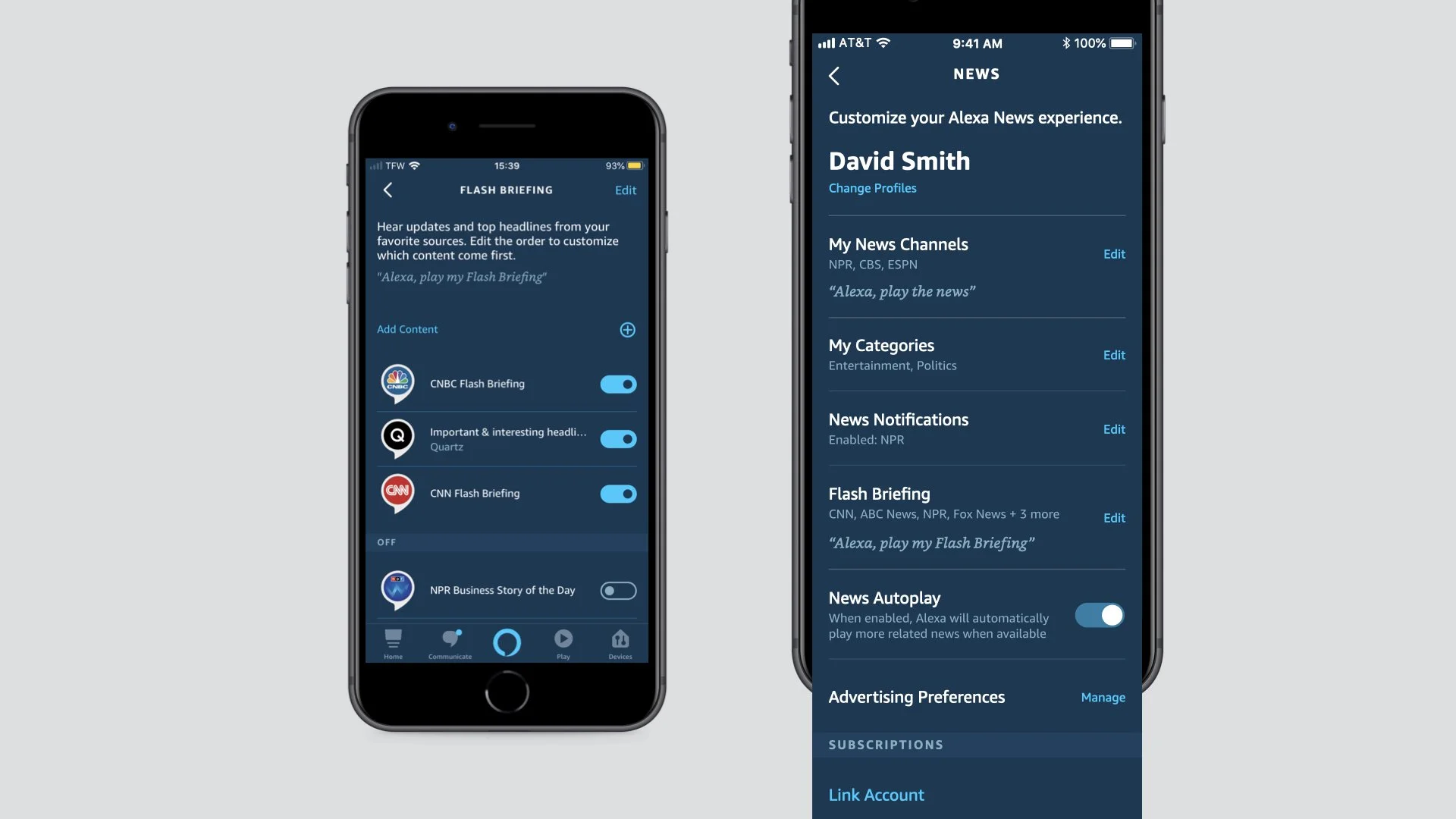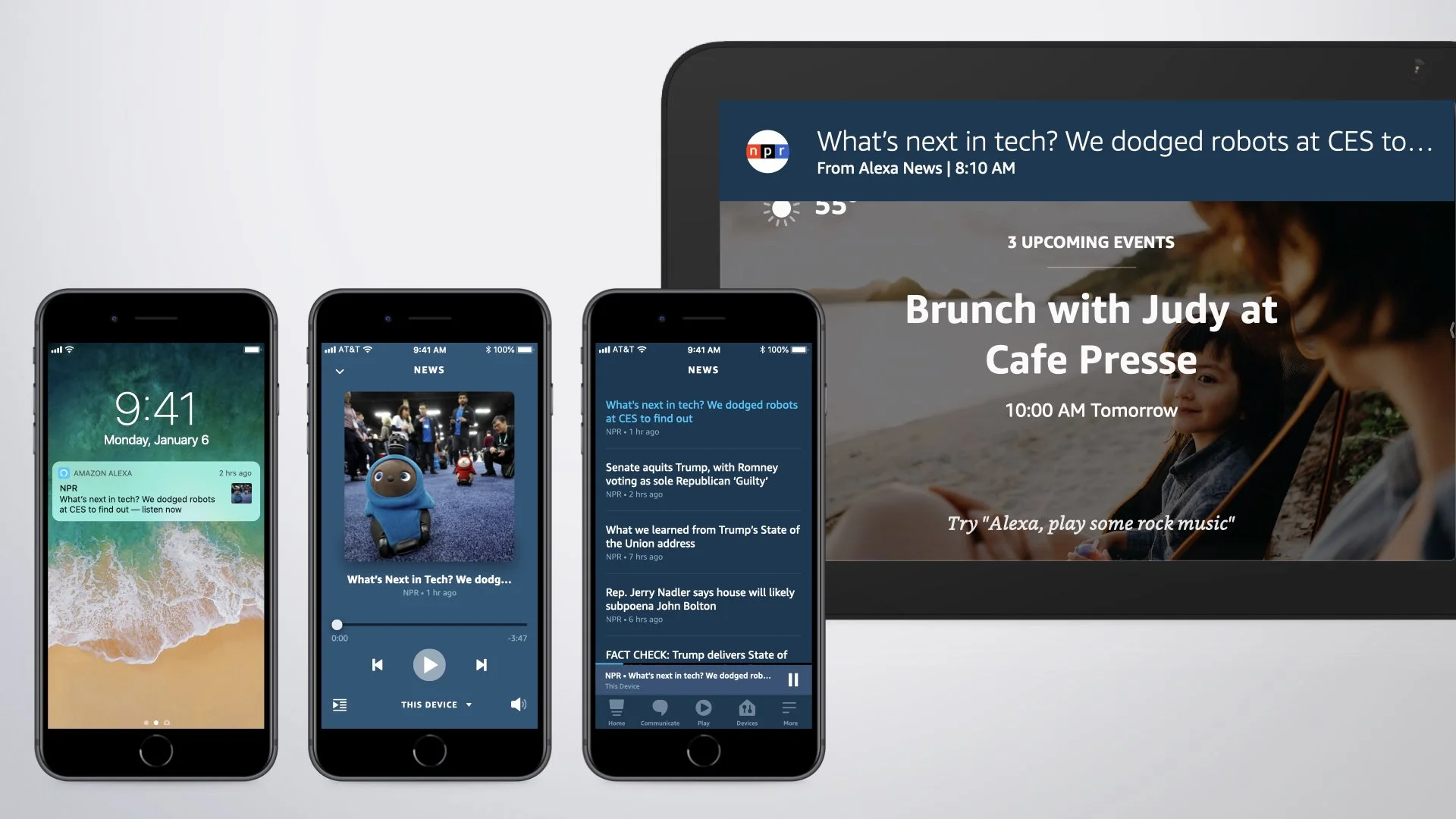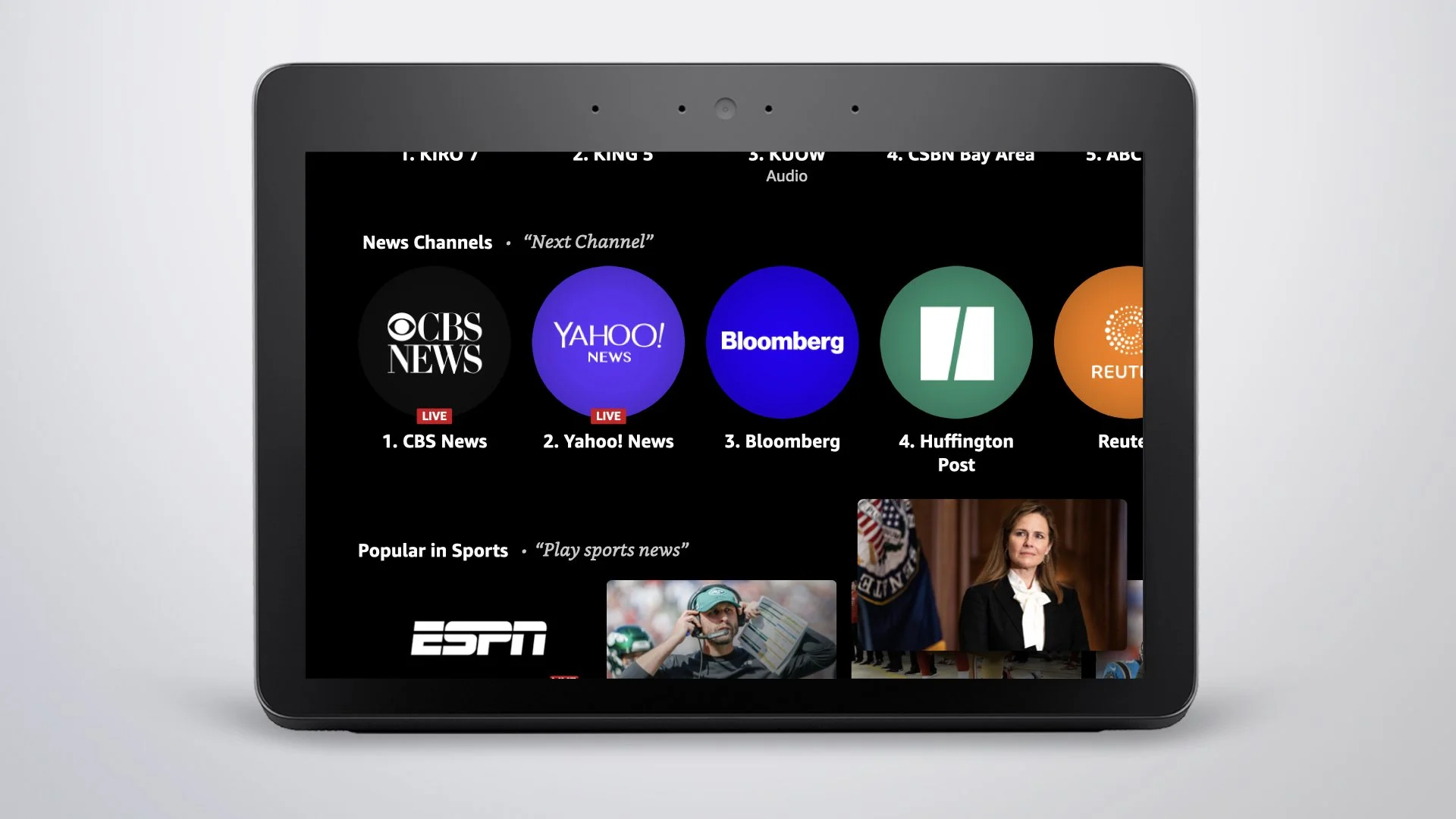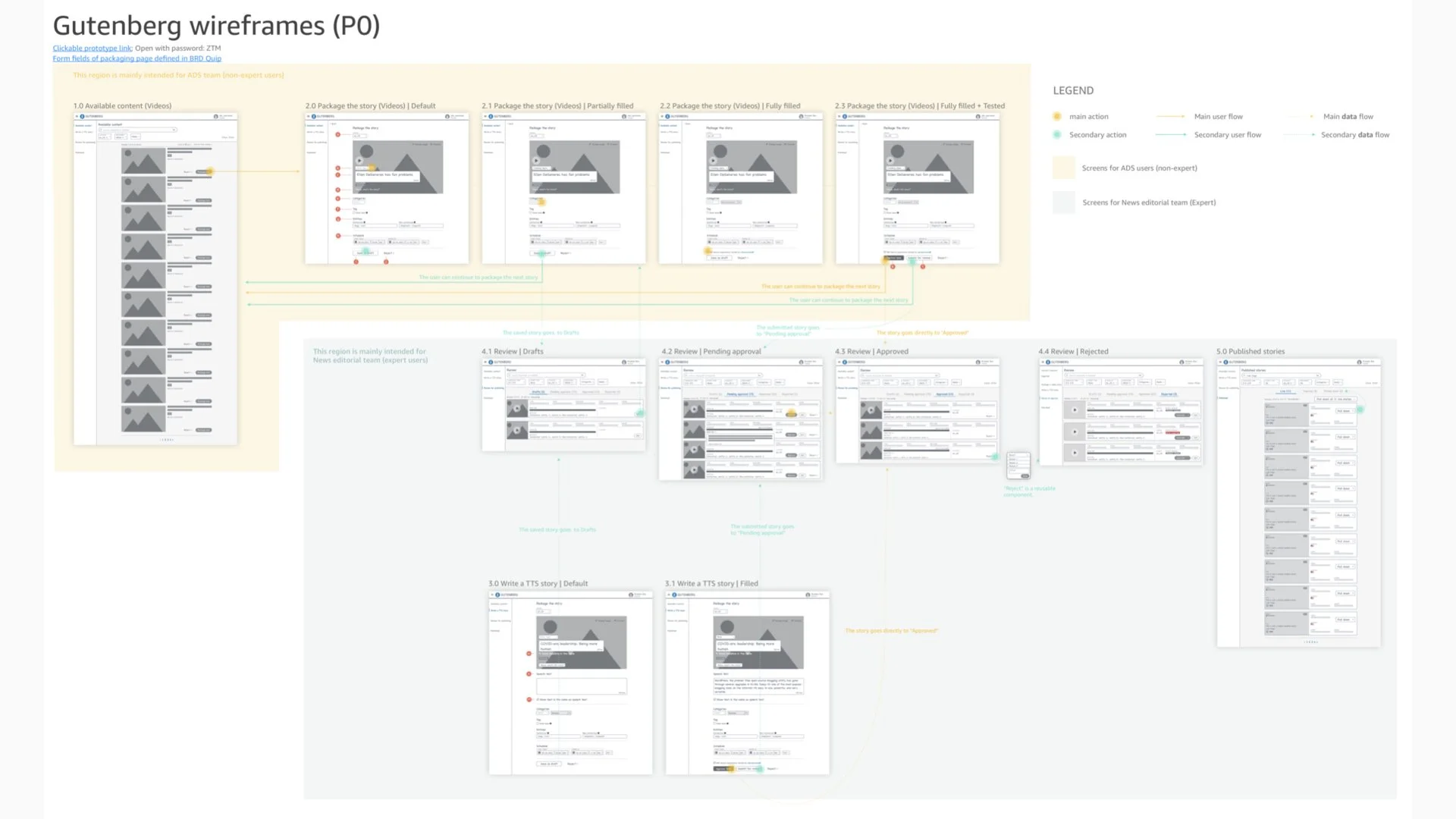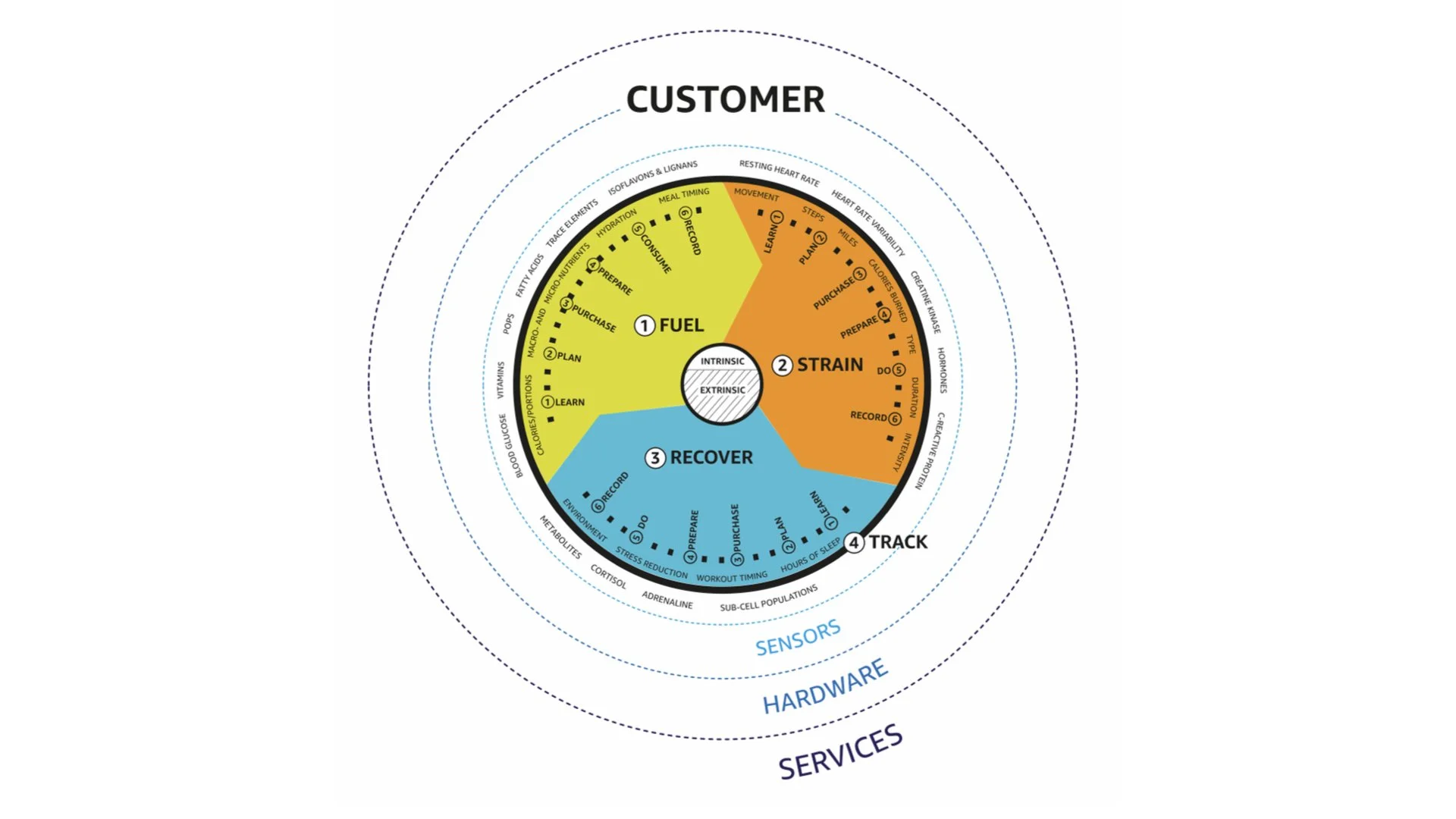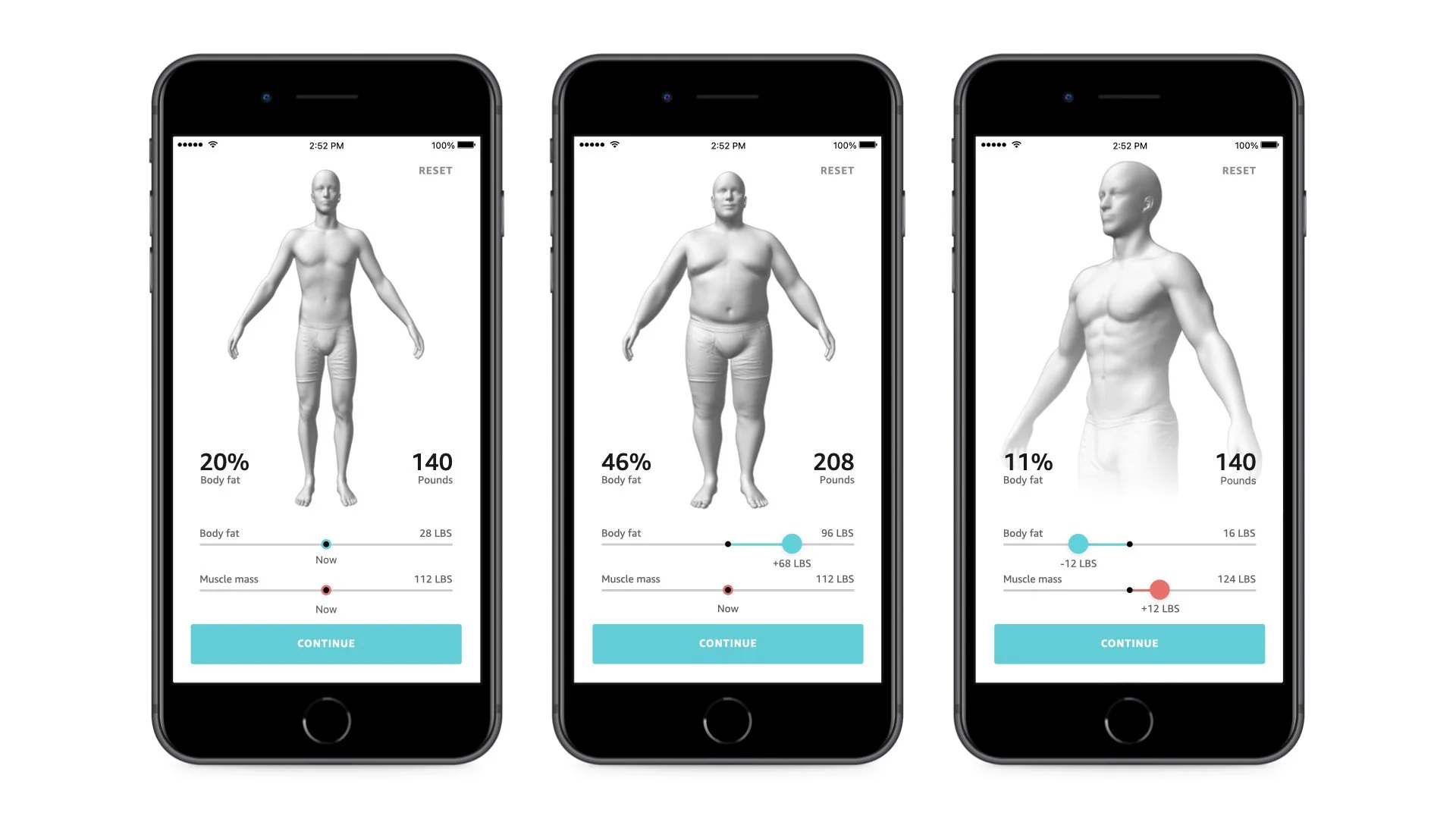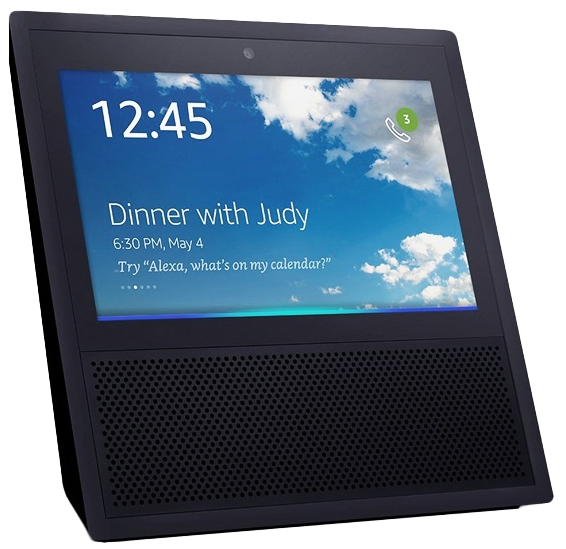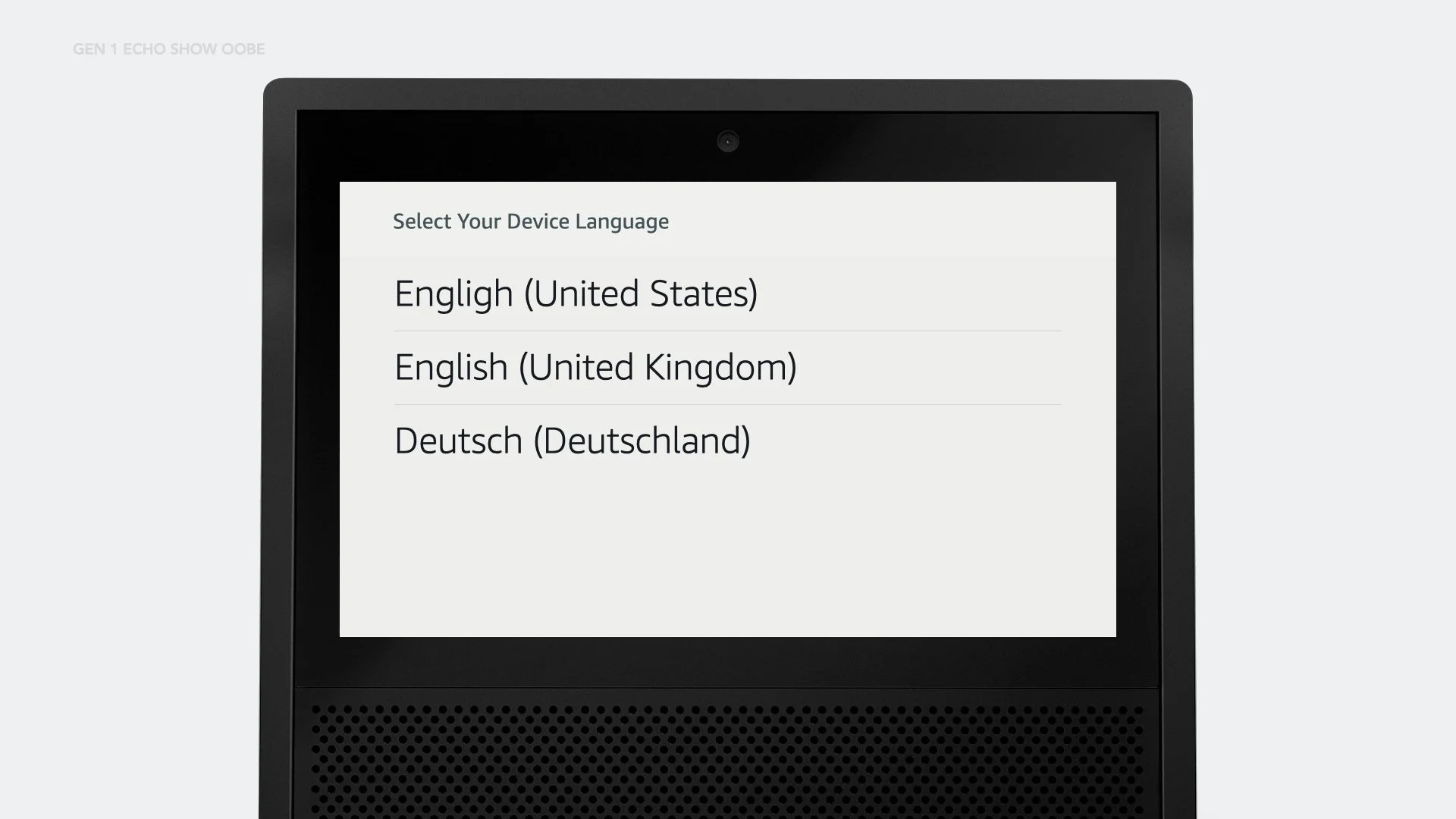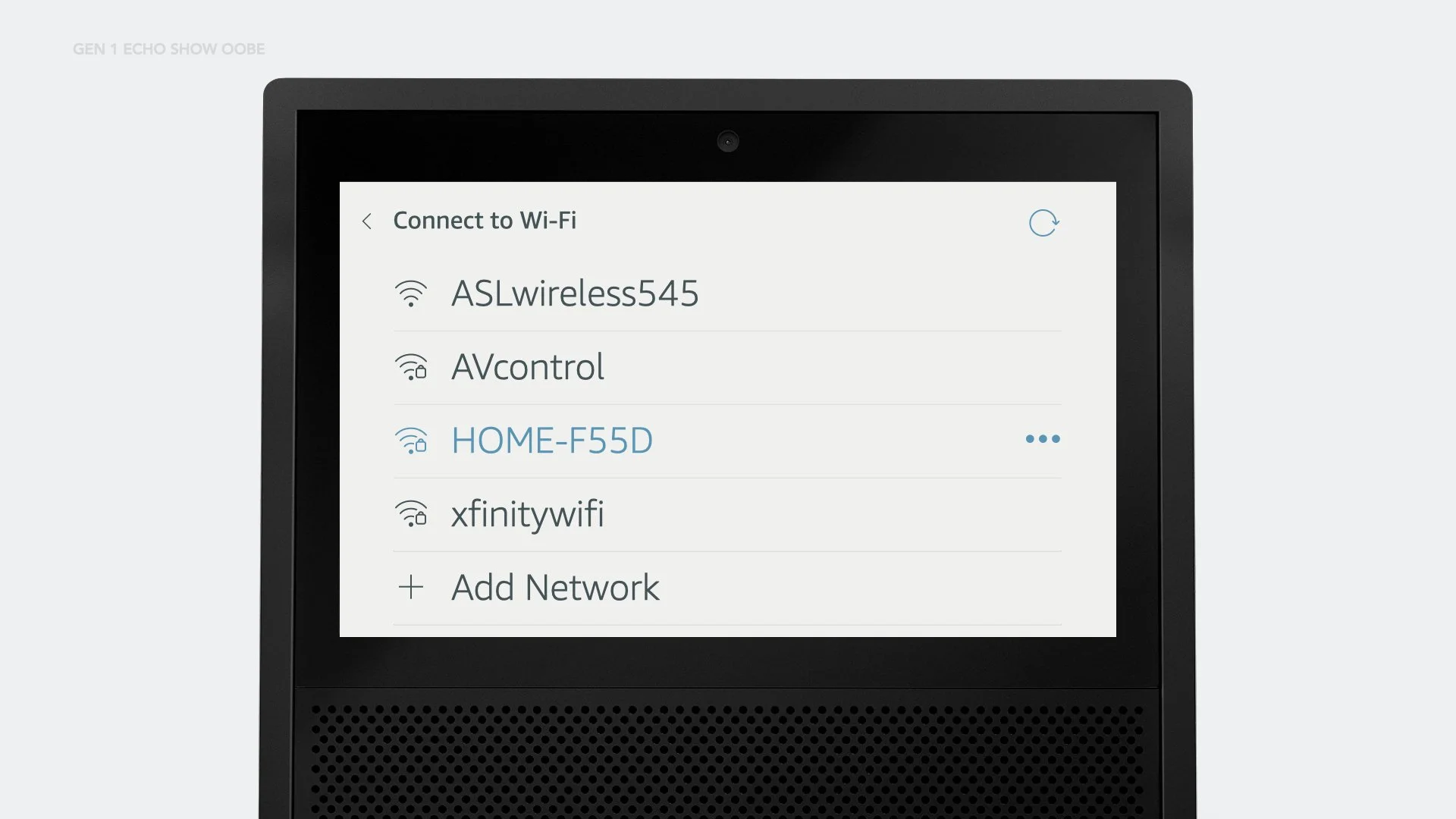Amazon Glow is a futuristic video calling device with a projected play space that lets kids read, create, and play with family and friends no matter where they are.
Situation:
I led design & strategy for Glow’s creative arts & reading experiences, leveraging Glow’s IR cameras and projector to invent interactive activities that bridge digital and physical, including interactive books, paper crafting, and machine learning augmented storytelling.
Our primary challenge was to steer customers away from costly licensed content they quickly lose interest in, towards enriching, enduring activities that foster connection through content creation.
Task:
Maximize connection score (measured in dialogs, gestures, expressions, and nonverbal cues)
Create engaging experiences for both individual and connected play
Optimize the experience for smaller tablets and iPhones
Increase repeat usage
Actions:
After multiple rounds of concepting and evaluation, we narrowed down from 5 activities to 2 successful ones
Designed and collaborated with external studio to implement interactive books
Designed and collaborated with external studio to implement the hero activity, Papercrafts
Used Papercrafts testing to develop scalable mechanisms and standards for on-site activity testing with kids.
Result:
Interactive stories remained a top-performing book for 8 weeks, matching the engagement of Disney’s immersive books
Papercrafts received top connection scores and satisfaction ratings in user studies
April 2021 to Nov 2022
Alexa News keeps customers informed by offering the latest news from top providers on all Alexa enabled devices and native FireTV and FireTablet apps. Features include live news, Channels (long form content), Flash Briefing, News Notifications, News Q&A, and Settings.
Situation:
As lead designer, I set the product vision and devised a comprehensive multi-year roadmap aimed at delivering an immersive, multimedia-optimized news experience across all Alexa-enabled platforms, including integration with native news applications on FireTV and FireTablet.
Task:
Provide end users a wider selection of providers, diverse news formats, personalized content delivery, and improved discoverability and browsing capabilities.
Enable editors to expedite and ideally automate content moderation and publishing
Provide news providers prominent attribution, avenues to cultivate direct relationships with Alexa customers, and access to data and analytics for better understanding of Alexa customer behavior.
Advance business goals: increase penetration, retention, and engagement, particularly in terms of average session length.
Action:
I spearheaded the first end-to-end documentation and assessment of our publishing pipeline, and meticulously oversaw the redesign and launch of Gutenberg, our internal publishing platform.
I redesigned and launched preferred provider selection in the first time use and in Settings
I facilitated the transition of customers from Flash Briefing to Channels as the default response to news utterances.
I designed and launched news notifications.
I designed an experience to visually navigate across and within news channels while viewing content in a picture-in-picture.
I developed a strategic roadmap for cross-domain integration, enabling customers to access news through various entry points such as info Q&A, stocks, sports, and other domains.
Result:
The redesign of the publishing and editorial pipeline enabled the business to scale from 13 to >100 providers, reducing story publishing time from 2 hours to 15 minutes. It introduced security measures, limiting authorized publishers and enabling data collection to train content moderation algorithms.
Successful completion of preferred provider selection boosted retention by 20% increase in retention.
Provider selection in first-time-use and settings also increased usage across a greater number of providers, demonstrating to new providers the value of publishing to Alexa
The launch of Channels boosted average session length by 26% in the US, from 12.5-15.5 minutes.
News Notifications drove a 21.1% increase in News dialogs and a 22.4% increase in Alexa dialogs for customers who opted in.
Oct 2019 to Apr 2021
Alexa Presentation Language is a JSON-based markup language that allows any Alexa experience creator — even those with minimal design knowledge — to create multimodal experiences that automatically scale and adapt to a broad range of device types and capabilities.
Situation:
As a senior Alexa Design Systems designer, I was responsible for creating scalable, device-agnostic design system components.
Task:
My key objectives were to:
Develop a minimal set of patterns capable of addressing all potential use cases
Develop a text ramp algorithm that adjusted based on based on device size and viewing distance
Translate design decisions into preset parameters for Alexa Presentation Langauge (APL) components
Action:
To accomplish these tasks:
I conducted an extensive audit and research on the performance of existing Alexa layouts to identify best practices.
Through stakeholder testing, I ensured that all component parameters were carefully considered and accounted for.
Collaborating with technical writers, I authored comprehensive documentation to guide Alexa experience makers in the proper selection and utilization of components.
Result:
The implementation of the Alexa Presentation Language resulted in a significant reduction in the time needed to design and deploy new Alexa experiences, thereby enhancing efficiency and streamlining the development process.
May 2019 to Oct 2019
Amazon Halo is a wristband equipped with sensors that track various health metrics such as activity, sleep, heart rate, and body composition. The band integrates with a mobile app that provides customers insights and recommendations based on their data as well as guided workouts.
Situation:
My team helped to define the original concepts that became the Halo band and membership. We worked with the computer vision, 3D modeling, industrial design, and engineering teams to design the body scanning experience, 3D avatars, biometric visualizations, mobile app designs and other unshipped features.
Task:
The overarching goal was to develop a device-software combo that would increase customers’ health and well-being by steering customers away from body weight and towards body fat composition.
Provide customers not only data, but actionable recommendations and any content, products or services necessary to reach their fitness goals.
Business goals included creating a daily habit to drive daily engagement, devising a subscription revenue model, and collecting data to continuously improve the proprietary body fat assessment algorithm.
Action:
Conducted extensive generative research to understand fitness customers’ needs, preferences, behaviors, and pain points related to health and wellness tracking devices and body composition measurement devices.
Generated and evaluated multiple ideas for integrated device-software combos, both Alexa integrated and stand alone.
Developed a product fly wheel driven by the customers health goals.
Collaborated with engineers, technical experts and fitness specialists to understand the feasibility of each concept and explore patentable tech solutions.
Developed interactive prototypes to test and validate design concepts and devised tests to understand customers’ expectations for accuracy in body fat composition models.
Developed internal tools to help human fitness experts to support supervised machine learning.
Result:
3 integrated device-software concepts tested by users
Used key insights gained from observational studies to inform the body fat composition assessment tool
Successful hand-off of concept work to productization team
May 2017 to Feb 2018
Alexa Design Guide is a comprehensive resource outlining multimodal design principles, common interaction patterns, guidelines and best practices for designers and developers designing Alexa experiences.
Situation:
As one of 5 designers I was responsible for researching, writing and reviewing multiple core pattern articles with domain experts. I was also responsible for socializing the guide to the Alexa organization, collecting and updating user feedback, and prioritizing requests for new interaction patterns.
Task:
My responsibility was to compile and organize information from various sources, including internal design documentation, industry standards, and user research findings, into a cohesive and user-friendly guide.
Action:
Conducted extensive research to gather existing design documentation, guidelines, and best practices related to voice user interface (VUI) design, multimodal interactions, and conversational experiences.
Analyzed user feedback, usability studies, and market trends to identify common patterns, challenges, and opportunities in designing for Alexa.
Collaborated with cross-functional teams, including UX researchers, designers, developers, and product managers, to gather insights and validate design recommendations.
Organized and structured the content of the Alexa Design Guide, ensuring clarity, coherence, and ease of navigation for users.
Created visual assets, diagrams, and examples to illustrate design concepts and principles effectively.
Iteratively refined the content and format of the guide based on internal reviews, feedback from stakeholders, and usability testing sessions.
Result:
The Alexa Design Guide served as a valuable resource for thousands of developers and designers, providing guidance on creating engaging, intuitive, and user-centered experiences for Alexa-enabled devices. It helped streamline the design process, foster consistency across Alexa skills and applications, and ultimately enhance the overall user experience for millions of Alexa users worldwide.
Jan 2016 to May 2017
The first generation Echo Show is an Alexa-enabled touchscreen display that presents visual information to complement Alexa’s responses, plays video and makes video calls with other Echo Show users.
Situation:
I was tasked with designing the out-of-box setup experience for the Echo Show, a voice-controlled smart display device. The goal was to create a seamless and intuitive setup process that guides users through configuring their device and connecting it to their Wi-Fi network.
Task:
Conceptualize, design, and implement a user-friendly setup flow that minimizes friction and maximizes user satisfaction and down stream revenue from upsells.
Understand user needs, address potential pain points, and ensure a smooth transition from unboxing to using the device.
Business goals: minimize total set up time, sell Audible and Prime Music subscriptions, encourage customers to link accounts to unlock the device’s full capability
Action:
Conducted user research to understand the needs, preferences, and pain points of users during the setup process. This included interviews, usability testing, and analysis of customer reviews and feedback.
Collaborated with cross-functional teams, including product managers, engineers, and technical support, to align on requirements, constraints, and technical considerations for the setup experience.
Created wireframes and prototypes to explore and test competing approaches: on device vs app controlled.
Applied insights from ergonomic and usability testing sessions to improve the flow, reduce errors.
Collaborated with engineering teams to implement the finalized design and ensure seamless integration with the device's hardware and software components.
Result:
The out-of-box setup experience for the Echo Show provided users with a short, seamless and intuitive process for configuring their device and connecting it to their Wi-Fi network. The setup flow received positive feedback from users, contributing to high levels of user satisfaction and adoption of the Echo Show device. The Out of box experience tenets I developed for Echo Show were adopted for subsequent Alexa devices.
Mar 2016 to Dec 2016
Dash Button is a device the size of a pack of gum that uses Wi-Fi to instantly order items you have pre-selected from Amazon.
Situation:
As the sole UX designer for Dash Button, I designed a bluetooth setup flow to reduce registration errors, created a multiple item order experience, and streamlined the button label design process.
Task:
My goal was to reduce connection error rates in setup by designing a setup process that used Bluetooth LE to connect Dash Button to the customer’s smart phone. A secondary goal was to reduce text to improve readability.
Actions
Simplified the configuration steps and reduced the number of interactions required to complete the setup process, minimizing user effort and friction.
Conducted usability testing sessions with target users to gather feedback on the redesigned setup experience and validate design decisions.
Worked closely with engineering teams to implement the finalized design and ensure seamless integration with the Dash Button hardware and software.
Improved design guidelines and design files to help brands design Dash button with less oversight from Amazon
Results
Eliminated 3 setup steps
Reduced text load and reading time
Reduced set up failure rate from 15% to 2%
Put more control of the label design process in brands’ hands, reduced oversight, and on average, reduced the number of approval rounds from 3 to 1.
Sept 2015 to Feb 2016





